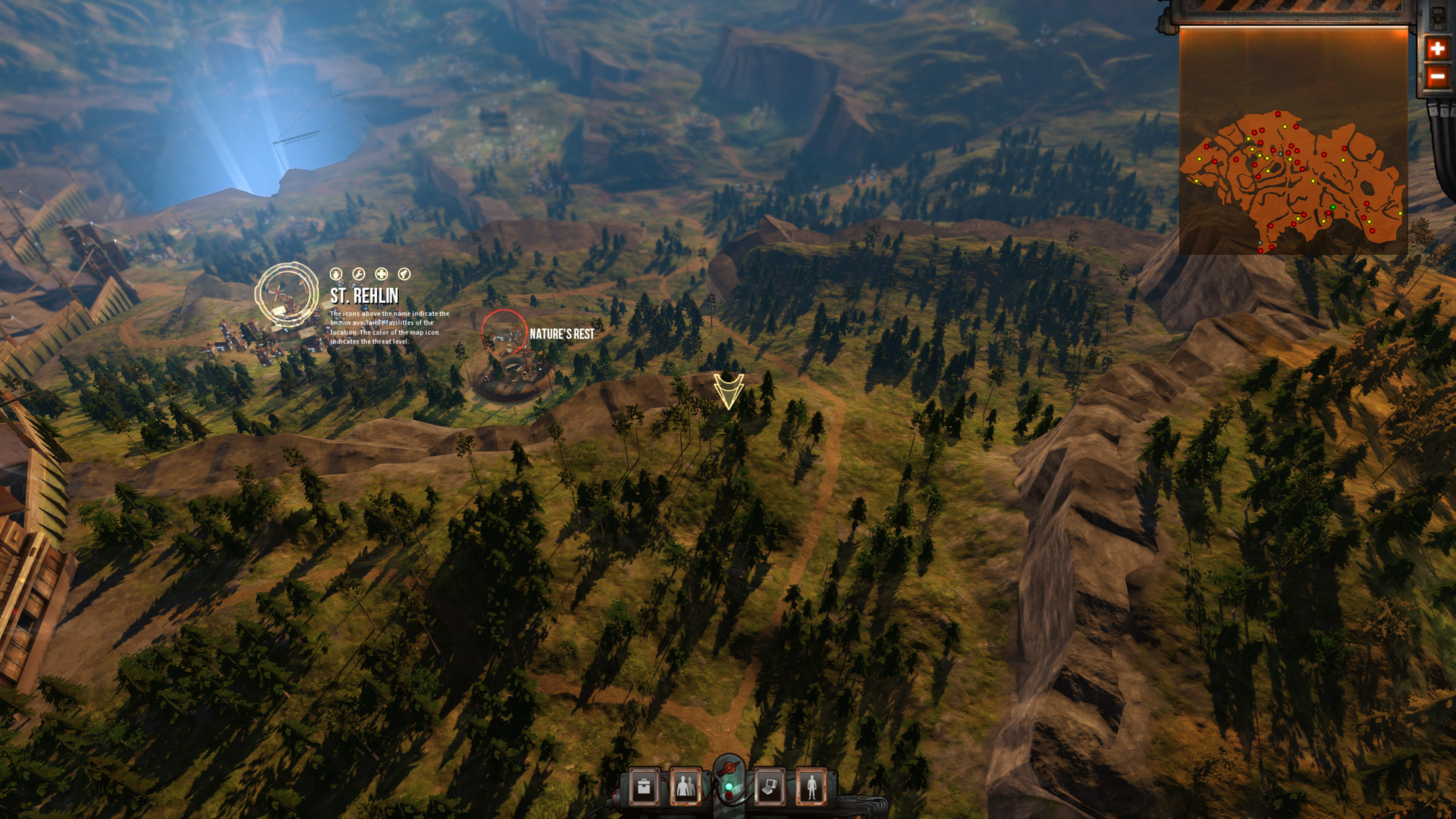

On orders from Poseidon, and anticipating her father's return, she exposed the children in a cow shed, where they were discovered by a shepherd and brought to her father and grandfather, Hellen. Here, the drama unfolds in the lower register, with the protagonists named by inscriptions, while the gods look down from Olympus above.Īccording to myth, Melanippe bore twin sons to Poseidon while her father Aiolos was in exile. His play Melanippe the Wise survives today only in fragments, but from an ancient summary of the plot we are able to reconstruct the story. Learn more.It is possible that performances of a tragedy by the Athenian dramatist Euripides inspired the picture on this krater. The International Image Interoperability Framework (IIIF) represents a set of open standards that enables rich access to digital media from libraries, archives, museums, and other cultural institutions around the world. Adler Memorial Fund Reference Number 1984.7 IIIF Manifest (circa) or BCE.ģ40 BCE Medium terracotta, red-figure Dimensions 78 × 4838.1 cm (30 3/4 × 18 7/8 in.) Credit Line Katherine K. Dates may be represented as a range that spans decades, centuries, dynasties, or periods and may include qualifiers such as c. Status On View, Gallery 151 Department Arts of the Ancient Mediterranean and Byzantium Culture Ancient Greek Title Volute Krater (Mixing Bowl) Place Apulia (Object made in) Dateĭates are not always precisely known, but the Art Institute strives to present this information as consistently and legibly as possible. Since the krater is a funerary vessel, these figures may be symbolic representations of the dead or they may depict marble statues of the tomb’s occupants. On the back, another naiskos (tomb) is decorated with large white figures. On the front of this vessel a young warrior and a tutor or philosopher are shown standing in a naiskos (tomb) surrounded by attendants with offerings above them is the head of the mythical poet and singer, Orpheus.


 0 kommentar(er)
0 kommentar(er)
